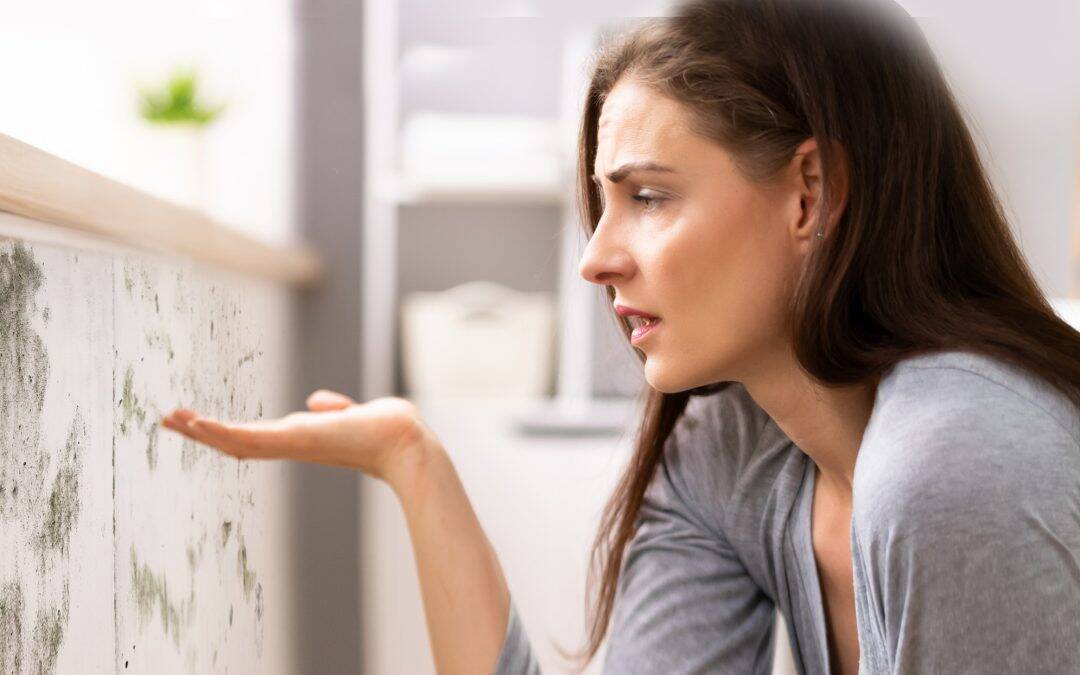When a pipe bursts, the roof leaks, or a storm floods your space, the first thought is usually cleanup. But once the water’s gone, a new problem lurks: mold. That’s why knowing the right Mold Prevention Tips After Water Damage makes all the difference. Mold can start growing in just 24 to 48 hours, and once it spreads, it’s tough to stop. By taking quick and smart steps, you can keep your home safe, healthy, and mold-free.
Why Mold Grows So Fast After Water Damage
Mold thrives in warm, damp environments. When water seeps into carpets, walls, or furniture, it creates the perfect breeding ground. Even if a surface looks dry, moisture often lingers underneath. That’s why prevention matters so much. Instead of waiting for visible mold spots to appear, you need to act right after water damage happens. Quick action not only protects your home but also helps avoid costly repairs later.
First Steps: Immediate Action After Water Damage
The faster you react, the less chance mold has to grow. Here are some key first steps:
- Stop the water source – Fix leaks or turn off the water supply.
- Remove standing water – Use pumps, wet vacs, or buckets to clear it out quickly.
- Move belongings – Get furniture, rugs, and valuables out of wet areas.
- Ventilate the space – Open windows and run fans to get airflow moving.
Transitioning from damage control to mold prevention is all about speed. The sooner you get things dry, the lower your risk.
Mold Prevention Tips After Water Damage: Drying Techniques
Drying is where the real battle against mold happens. Here’s how to do it right:
- Use dehumidifiers to pull moisture from the air.
- Run fans to keep circulation strong and help surfaces dry faster.
- Pull up carpets and padding if they’re soaked. They often hold moisture and become mold traps.
- Check hidden spots like under sinks, behind walls, and inside cabinets.
By targeting these problem areas, you cut off the conditions mold needs to thrive.
Professional Help vs. DIY
Sometimes drying a space on your own isn’t enough. If the water damage is extensive—like after a flood—you may need professional restoration services. They have industrial-grade equipment that dries areas faster and more thoroughly than household tools. However, for smaller leaks or minor water damage, DIY methods often work fine. The key is to keep monitoring the space until you’re sure everything is completely dry.
Mold Prevention Tips After Water Damage: Long-Term Strategies
Even after things look dry, mold can sneak back. That’s why long-term prevention matters just as much as immediate cleanup. Consider these strategies:
- Seal cracks and leaks – Keep water from seeping back in.
- Maintain gutters and downspouts – Direct water away from your home.
- Install a sump pump – Protect basements from flooding.
- Use mold-resistant products – When renovating, choose mold-resistant drywall or paints.
By taking these steps, you’re not just fixing the problem—you’re building defenses against future issues.
Health Risks of Ignoring Mold
Mold isn’t just a home maintenance issue. It affects health too. Exposure can trigger allergies, asthma, and respiratory problems. For kids, seniors, or anyone with weakened immune systems, the risks are even higher. That’s why prevention isn’t optional—it’s essential. Protecting your family’s health starts with acting quickly and staying vigilant.
Common Mistakes to Avoid
When dealing with water damage, it’s easy to make mistakes that encourage mold growth. Avoid these pitfalls:
- Waiting too long to start drying.
- Painting over damp walls instead of fully drying them.
- Ignoring small leaks that keep areas damp.
- Skipping inspections in hidden spots like crawlspaces.
By steering clear of these mistakes, you’ll give mold less chance to take hold.
Final Thoughts
Water damage feels stressful enough on its own, but mold makes things worse if you don’t act fast. The best way to protect your home is to follow smart Mold Prevention Tips After Water Damage immediately. From drying techniques to long-term fixes, each step you take reduces the risk of mold growth.
Stay proactive, keep an eye on problem areas, and don’t hesitate to call professionals if needed. By staying on top of water damage now, you save yourself bigger headaches and expenses later.
